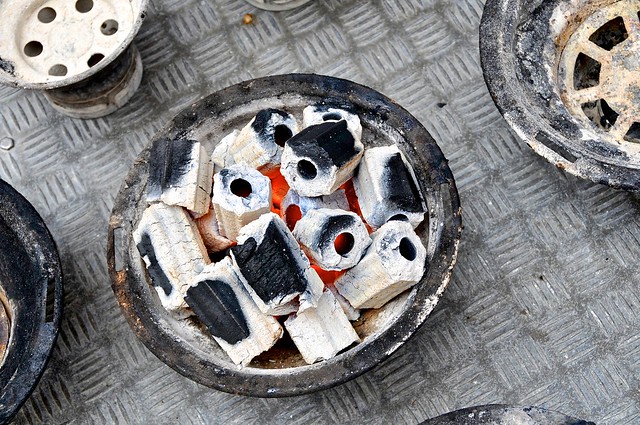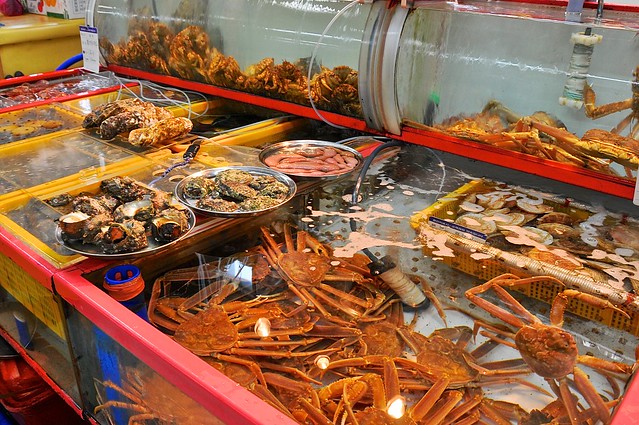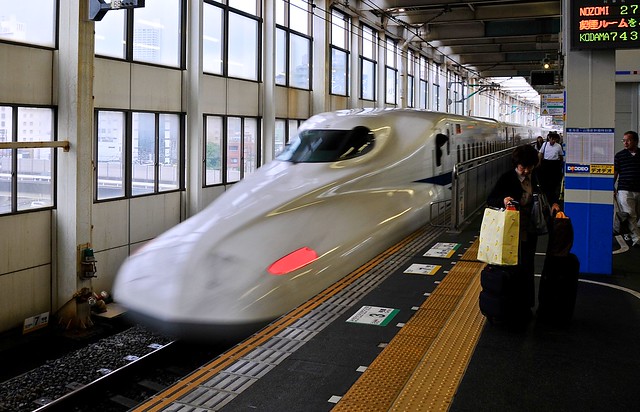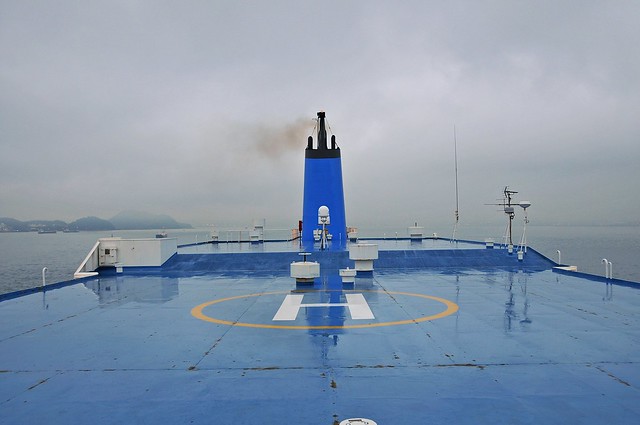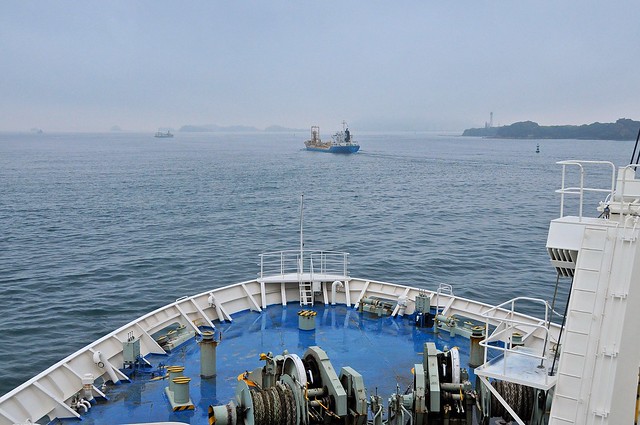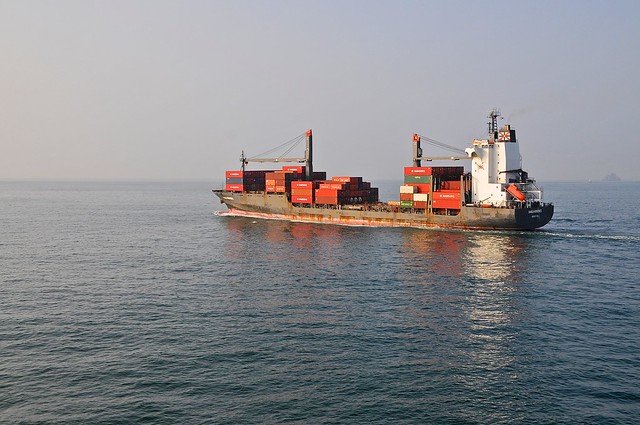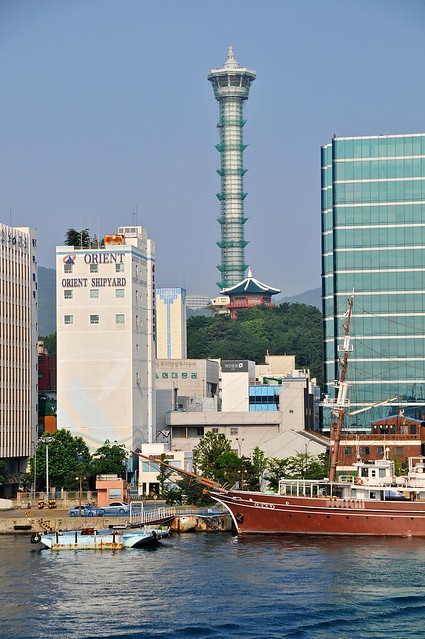Welcome to Korea: desolate shops and sewer smell
It was Sunday morning around 8:30 when I left the ferry terminal and began to walk to my hostel, the Apple Guesthouse. The route from the ferry terminal to the hostel runs along a subway line, but I had no won and I like to walk, so I walked there. I walked in the underground malls that surround the stations, much as they do in Japan, but the contrast with Japanese subway malls was striking. Japanese subway malls are always brightly-lit, busy, and the stores are typically convenience stores, food stores (bath takeaway and with seating) and the odd boutique. In contrast, these Busan subway malls were dead. Stores were shuttered, and there were lots of stores that looked like they were selling discount clothing and cheap shoes. In Japan I think these locations are high-rent and demand high turnover. In Busan, they looked like the stores you see in ghost malls, and in all honesty the effect was almost communist, as though these shops were propagandistic proof that Korea could achieve the same things as Japan. It was very weird.Apple Guesthouse was brand new when I visited, and it had accent walls painted in an attractive apple green colour. The rooms were a little small, but everything was nice, they had a couple of laptops that guests could use, and the location was great. The toilets gave me a bit of pause, however, as there was a persistent sewer smell in one of them, exacerbated by a steel access door in the wall that wouldn't close properly and which seemed to be the source of the smell.
I soon learned that sewer smell wasn't a hostel problem, and it wasn't an isolated problem. Indeed, you're likely to encounter sewer smell everywhere in Korea. It turns out that they basically have open underground sewers—think of storm sewers that contain actual sewage and not simply runoff water. I began to notice this when I started walking the surface streets, as you notice odoriferous hotspots as you walk around. You then begin to correlate these hotspots with sewer gratings, and then notice that most of these gratings have been covered with heavy rubber mats. These mats are intended to minimize the odor leakage, but they don't do as good a job as one would hope. As a result, sewer smell is persistent throughout Korea.
Korea feels rougher and wilder than Japan. Less inhibited and less refined. Definitely less regulated, both socially and legally. Lots of restaurants near Jagalchi seem to do part of their food prep in the alleys next to and behind their shops, which is definitely not something you would see in Japan.
Jagalchi Fish Market
Koreans love fresh seafood, and they seem to place a greater premium on it being freshly-killed than the Japanese do. One of the most notorious examples of this would be the famous squid-eating scene from the original Korean version of Old Boy:Jagalchi offers a huge variety of live seafood in tanks and tubs, in a fairly compact multi-level market (it's about the size of a football field, and not the sprawling wholesale complex that Tsukiji is). There are restaurant areas with food-court style seating where you can eat your freshly slaughtered food. From a tourist perspective, I think it's much more interesting than Tokyo's Tsukiji fish market, which is more about the massive volumes of limited varieties of largely dead and frozen seafood. Tsukiji gives you a glimpse inside the business of seafood restaurants, while Jagalchi shows you a broad spectrum of seafood and what they look like alive. if you actually wanted to eat seafood, perhaps you might be concerned about the hygiene standards at some of these shops—especially if you were coming from Japan—but it's not something I had to think about.
Outside of the market you can also find stands full of dead fish and seafood. Although I'm sure it is fresh, I would be wary of buying from these stands in the afternoon of a hot summer day.

